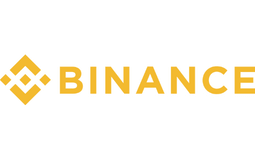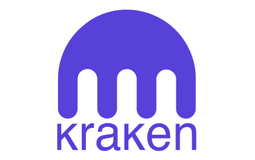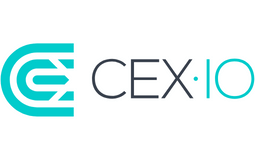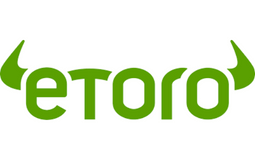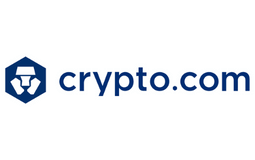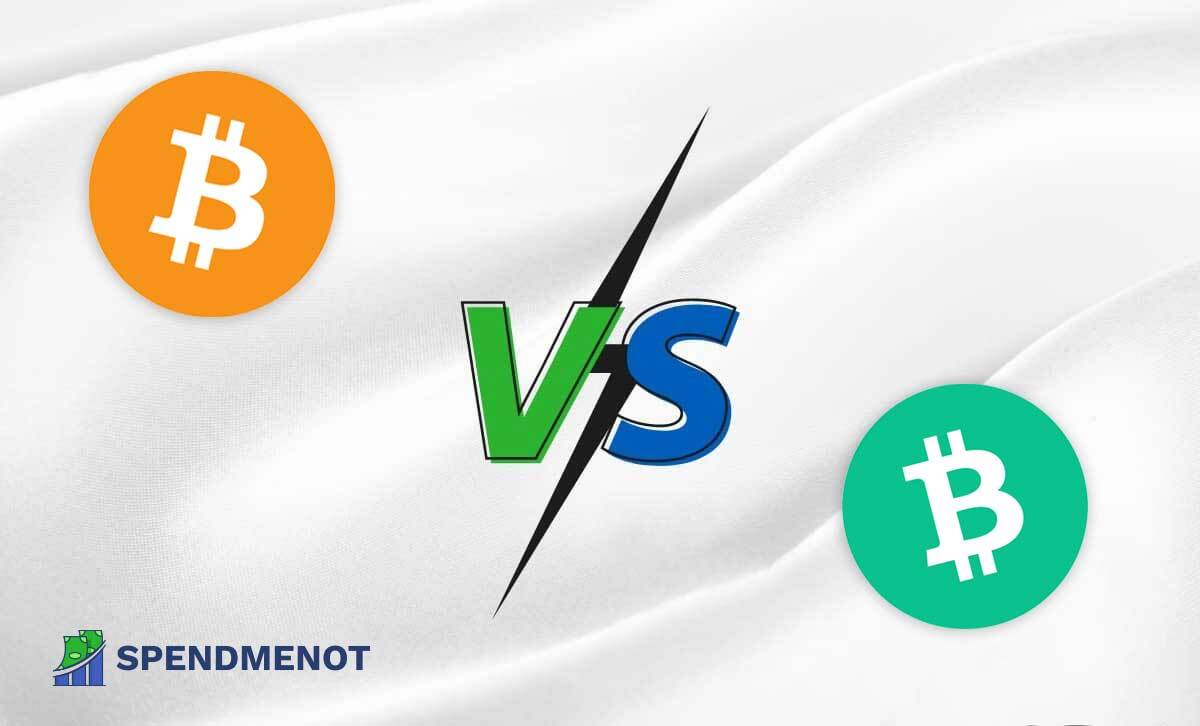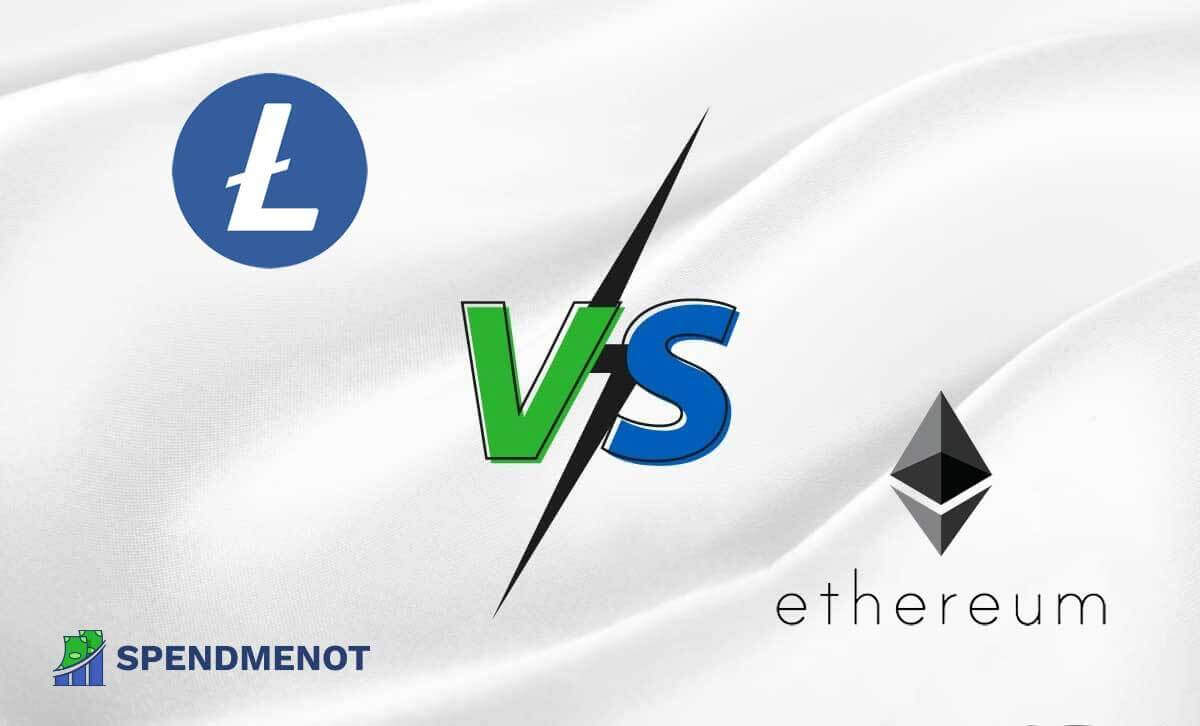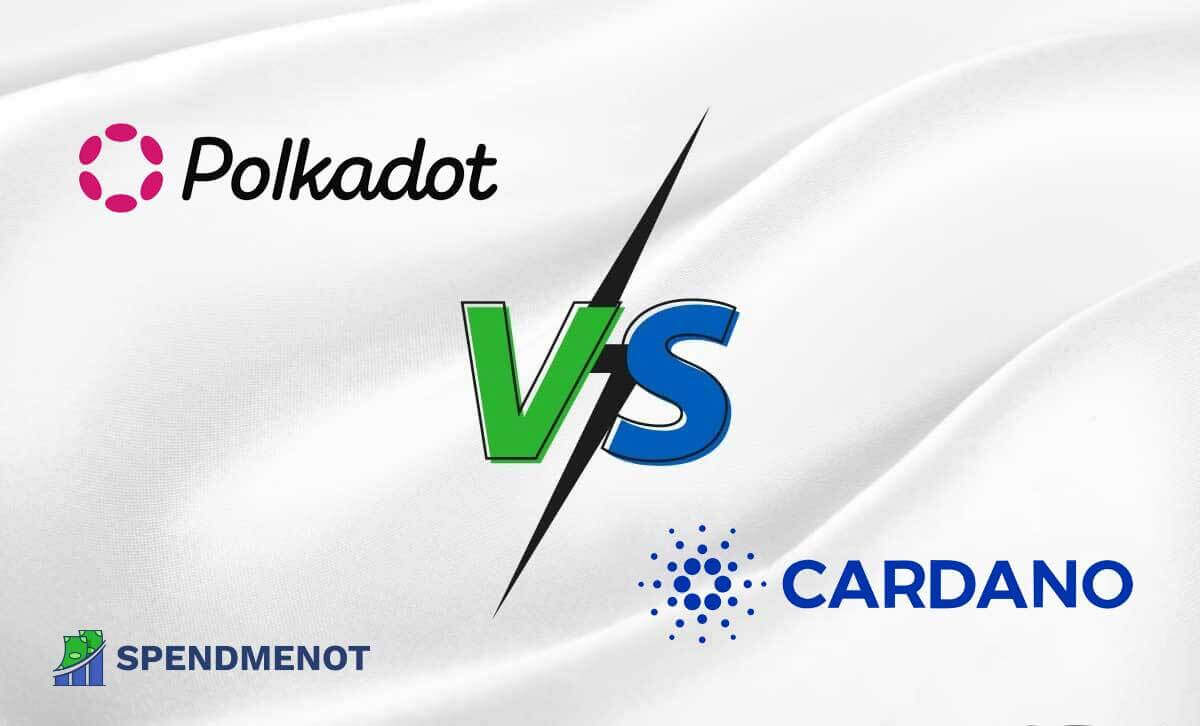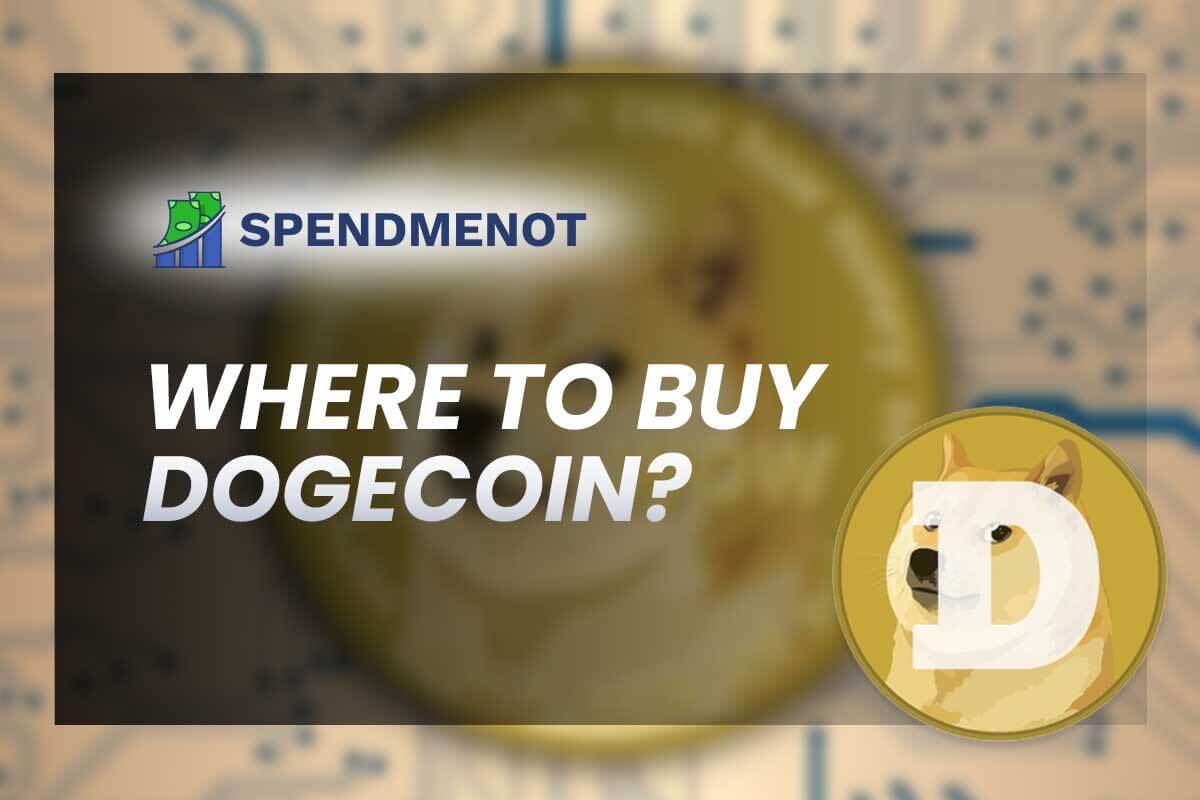Polkadot vs Ethereum
Last Updated: January 11, 2023
One of the most intriguing questions in the blockchain industry is whether Ethereum, the most popular altcoin and second most valuable cryptocurrency, will eventually be dislodged.
Those who argue in favor of Ethereum maintain that it will take years before that happens due to its sheer dominance.
Those on the opposite end of the aisle point to the crop of fast-rising third-generation blockchains. This group argues the new technologies have a higher ceiling since they solve the issues Ethereum struggles with.
This Polkadot vs Ethereum review compares the valuable blockchain to one of its most formidable competitors.
Polkadot vs Ethereum: A Side-by-Side Comparison
The first thing anyone should know about Polkadot and Ethereum is that the two have a shared history.
Ethereum co-founder Gavin Wood founded Polkadot and built the platform to be a better version of Ethereum based on his vision of where the blockchain industry was headed.
Years later, Polkadot is trying to dislodge Ethereum as the go-to network for developers. As you would expect, the competition between the two has attracted comparisons.
The side-by-side comparison table below summarizes what to expect from the two platforms.
| Polkadot | Ethereum 2.0 | |
| Launch Date | May 2020 | July 2015 |
| Consensus Mechanism | Nominated Proof of Stake | Proof of Stake |
| Platform Speed | 1,000 Transactions Per Second (TPS) as of September 2022
Developers have, however, announced updates that will increase speeds to between 100,000- 1 million TPS |
30 Transactions Per Second (TPS)
Projected to reach 100,000 Transactions Per Second (TPS) after the switch to Proof of Stake from Proof of Work |
| Market Capitalization | $7.2 billion | $164.5 billion |
| Circulating Supply | 1.12 billion DOT | 122.6 million ETH |
One major takeaway from the above Ethereum vs Polkadot table is the massive confidence users have in Ethereum, as manifested by the huge market capitalization.
However, the most arresting statistic is the extent to which Ethereum struggles with scalability. Polkadot is more than 30+ times faster than its well-established peer.
But this is just a glimpse. What more is there to learn? Let’s find out.
What Is Polkadot?
Polkadot is a decentralized protocol that connects blockchains. It allows incompatible networks such as Bitcoin and Ethereum to securely talk to each other, enabling the seamless flow of value and data.
Its flexible and adaptive architecture is convenient for developers since it allows them to build new blockchains and take advantage of the platform’s interoperability and security.
The platform is also built to be fast and scalable. This is achieved through many parallel blockchains, “parachains,” which lighten the processing load on the main blockchain.
As of September 30, 2022, Polkadot could process 1,000 transactions per second. However, the protocol’s developers have announced updates that will increase speeds to between 100,000 and 1 million. Moreover, Polkadot’s circulating supply stands at 1.12 billion DOT.
What is Polkadot used for?
The blockchain allows data and tokens to be transferred across blockchains.
Polkadot’s smart contract functionality allows developers to build Decentralized Applications (DApps) in an environment that facilitates interoperability.
Polkadot’s native currency (DOT) serves several functions. First and foremost, it’s a governance token that gives holders a voice in the protocol’s future.
It’s also used for staking, which is how the Polkadot network authenticates transactions and issues new DOT.
The token is also a store of value and can be bought on major cryptocurrency exchanges.
What Is Ethereum?
Ethereum is a decentralized, open-source blockchain with smart contracts functionality that enables developers to build and deploy Decentralized Applications (DApps).
Ethereum is powered by its native cryptocurrency, Ether (ETH). The token is used to pay for transactions executed on the Ethereum network. It’s also used for payments and to power DApps.
What is Ethereum used for?
Ethereum provides a platform for users to transact without intermediaries. The maturity of its ecosystem has also made it the go-to platform for app developers.
Ethereum is also the preferred blockchain for corporates leveraging smart contracts technology to modernize their operations.
Smart contracts are computer codes that automatically execute all or parts of an agreement if the predetermined conditions are met.
Similarities Between Polkadot and Ethereum
Although they differ in several ways, Polkadot and Ethereum have some similarities drawn from the fact that they have a shared history and are built on the same premise.
Smart contract functionality
Ethereum and Polkadot are built to enable developers to create decentralized applications. To this end, both have smart contract functionality.
The only difference lies in the programming languages used to write smart contracts. Solidity is the most popular language on Ethereum while ink! is the most common on Polkadot.
Scaling strategy
Another notable similarity is that both platforms’ scaling strategies are based on parallelized execution. In Ethereum, each thread of execution is called a shard. In Polkadot, it’s called a parathread or parachain.
Polkadot and Ethereum use Wasm as an underlying technology to power on-chain logic and state transitions.
Differences Between Polkadot and Ethereum
Although their blueprints set out to achieve broadly the same things, there are some notable differences that define Polkadot vs Ethereum.
Interoperability
Sharing data on Ethereum is easy as long you are still on the blockchain. However, the network doesn’t support cross-blockchain interoperability.
Polkadot connects with any blockchain and provides an ecosystem where networks can interact with numerous parachains.
The convergence aspect is probably the biggest advantage that Polkadot has over Ethereum.
This is game-changing. For instance, Polkadot makes it possible for health institutions to share medical records securely using different blockchains, making service delivery much more effortless.
Consensus mechanism
Ethereum uses the Proof of Stake (PoS) mechanism, where cryptocurrency owners stake their cryptocurrency in exchange for the right to check new blocks and add them to the chain.
Initially, Ethereum used Proof of Work (PoW) which relies on distributed participants who compete to validate transactions by solving complex mathematical equations. This method requires a lot of computational power and guzzles a lot of electricity.
However, Ethereum switched to the much more environmentally-friendly Proof of Stake on September 15, 2022. The PoS algorithm randomly selects who gets picked to check new blocks. It is lucrative because those who get the opportunity are rewarded with new crypto if they validate the new data accurately and don’t cheat the system.
Polkadot uses a slightly different technique known as the Nominated Proof of Stake (NPoS). The difference is that with this mechanism, some stakers are classified as validators while others are classified as nominators.
The NPoS algorithm elects a limited amount of validators and presents them to the nominators, who act as guarantors by pledging their staked DOTs (Polkadot’s native token). Validators who garner the most pledges are deemed to have a history of good behavior and are elected to validate a new block.
Forkable vs Forkless
In cryptocurrency, a fork happens when a community makes radical changes to the blockchain’s protocol. When this occurs, some members don’t support the change and stick with the original blockchain code. The net result is two different cryptocurrencies. Think of Bitcoin (original) and Bitcoin Cash (fork).
Polkadot is forkless because it is democratic in its governance. In case of a change, participants vote, and the popular choice gets implemented.
Ethereum’s decision-making, on the other hand, is guided mainly by a small group of developers.
This counts as one of the most significant DOT vs ETH differences.
Scalability
Despite being the second most valuable digital asset per cryptocurrency statistics, it struggles with scalability.
As of September 2022, Ethereum could only process 30 transactions per second. It has, however, been tipped to reach 100,000 after the transition.
Polkadot has no such problems. The network processes 1,000 transactions per second and is on course to eventually get to 1 million.
Maturity
More and more third-generation blockchains improving on Ethereum’s weaknesses continue to be churned out, however, the latter continues to hold its own. This can be attributed to the fact that Ethereum provides a stable and resourceful environment for developers to be creative. It’s also tried and tested.
Polkadot offers a lot, but it’s still relatively new and unproven.
Where to Buy Polkadot and Ethereum
When listing cryptocurrency exchanges where you can buy altcoins like Polkadot and Ethereum, there are several factors you should look out for. These include fees, supported payment methods, and safety.
Below we list five of the best exchanges that tick all these boxes.
Binance
With more than 600+ coins listed and a native token that’s one of the most popular cryptocurrencies around, Binance is one of the leading exchanges. Besides offering the lowest transaction fees on the market, the platform offers advanced features such as futures and margin trading.
- Supports over 600 coins
- Binance.us for the US Users
- SEPA & Bank Transfers
With more than 600+ coins listed and a native token that’s one of the most popular cryptocurrencies around, Binance is one of the leading exchanges. Besides offering the lowest transaction fees on the market, the platform offers advanced features such as futures and margin trading.
Kraken
Kraken is a US-based exchange that offers trading in US dollars, Canadian dollars, Australian dollars, Euros, British pounds, Swiss Francs, and the Japanese yen. The platform pays special attention to its security, with a track record of zero breaches. Kraken also has an extensive list of crypto assets and covers over 185 of them.
- Low fees
- Seven different fiat currencies
- 185+ cryptocurrencies
Kraken is a US-based exchange that offers trading in US dollars, Canadian dollars, Australian dollars, Euros, British pounds, Swiss Francs, and the Japanese yen. The platform pays special attention to its security, with a track record of zero breaches. Kraken also has an extensive list of crypto assets and covers over 185 of them.
CEX.IO
Headquartered in London, CEX.IO is a cryptocurrency exchange popular for being one of the first platforms to make fiat-to-crypto transactions accessible through card payments and bank transfers. The platform has over four million users across the world.
- Supports a wide range of cryptocurrencies
- Licensed in the US
- Strong security measures
Headquartered in London, CEX.IO is a cryptocurrency exchange popular for being one of the first platforms to make fiat-to-crypto transactions accessible through card payments and bank transfers. The platform has over four million users across the world.
eToro
Established in 2007, eToro is a multi-asset trading platform offering stocks, digital assets, and Exchange Traded Funds (ETFs). Its best attribute is its social trading feature which allows users to match the moves of expert traders.
- Regulated in multiple jurisdictions
- Offers a communal experience
- Plenty of educational resources
Established in 2007, eToro is a multi-asset trading platform offering stocks, digital assets, and Exchange Traded Funds (ETFs). Its best attribute is its social trading feature which allows users to match the moves of expert traders.
Crypto.com
Crypto.com has been ranked as the most secure crypto exchange and has been awarded a AAA rating. The platform also supports 250+ cryptocurrencies and offers a high return on crypto assets. It also features some of the most advanced tools in the market.
- Competitive fees
- FDIC-insured fiat balances
- Transparency
Crypto.com has been ranked as the most secure crypto exchange and has been awarded a AAA rating. The platform also supports 250+ cryptocurrencies and offers a high return on crypto assets. It also features some of the most advanced tools in the market.
Final Thoughts
Polkadot and Ethereum are highly-promising projects that have shown enough consistency to warrant investor attention.
Although they share some objectives, they are two entirely different investment propositions.
Ethereum is very popular, meaning it is both liquid and a less risky asset to invest in.
Polkadot is still developing and has much more room for growth, which potentially means higher returns for investors.
The answer on which between Ethereum vs Polkadot to go with depends on the underlying metrics or what you feel offers better value in the long term.

